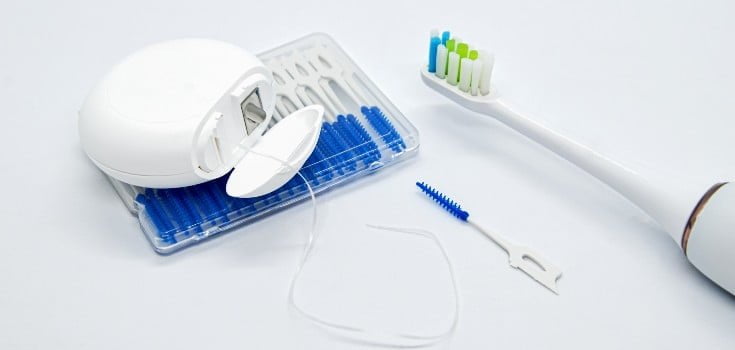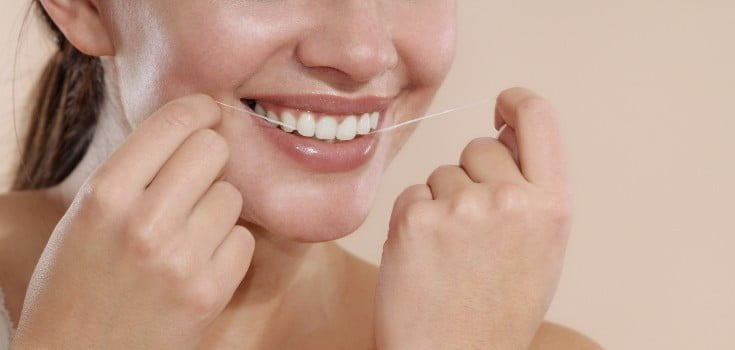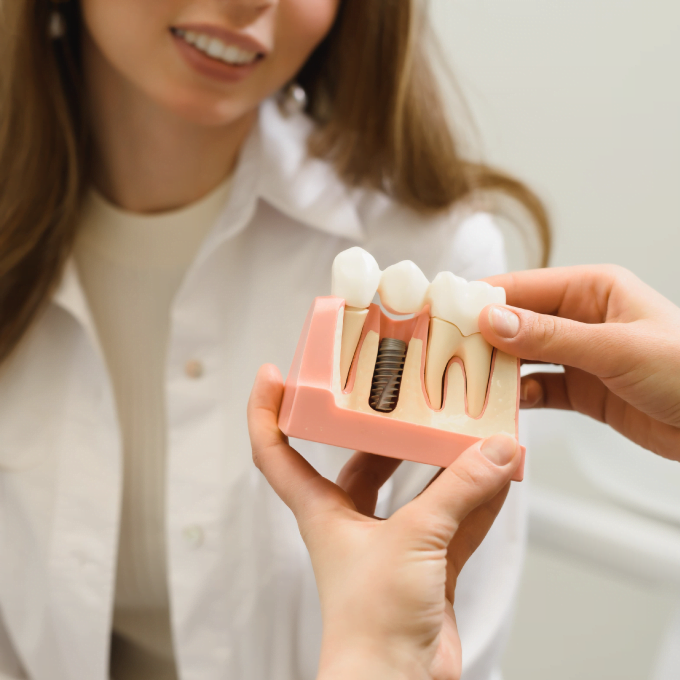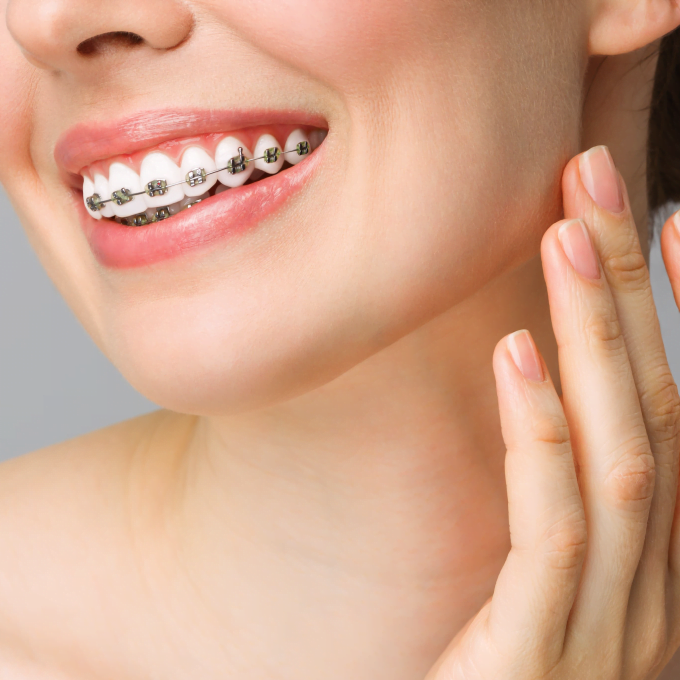How important is flossing to your dental health?
You don’t need us to tell you the overriding importance of brushing our teeth twice daily. It’s something drilled into all of us from an early age, and with good reason too! It’s one of the single most reliable ways to remove harmful plaque from your teeth, preventing it from building up and causing more serious issues like tooth decay and gum disease – conditions that may eventually require specialised dental treatments to resolve.
But brushing isn’t the only method of keeping your teeth clean. In fact, it only accounts for somewhere between 40% to 60% of the entire cleaning process, as brushing alone doesn’t remove the bacteria and plaque from between your teeth. This is where flossing comes in. It’s a hugely important aspect of maintaining your dental health, but despite that, it’s still overlooked by countless people in the UK.
Keep a check on your health
When a toothbrush can’t reach bits of food, they start to produce bacteria, which is what causes bad breath, and flossing is an excellent way to help prevent this. What’s more, bad breath can be more significant than it might first appear. For example, if bad breath persists after flossing, you should speak to your dentist or doctor, as it could be a sign of a more serious medical condition, such as diabetes. As you’re flossing, make sure to regularly check out the health of your mouth, and look out for any signs of swelling or redness.
Different types of floss
There are so many different options when it comes to flossing, that finding something that works for you shouldn’t be too difficult. There are three different kinds of dental floss: regular, wider dental floss tape, and inter-dental brushes, with specialised flossing options available if you wear braces or dentures.
You can even get floss to help whiten your teeth, with some types coated with microscopic abrasive silica particles, and others treated with calcium peroxide. However, it’s worth consulting with a professional before you start using these, as they may not be entirely necessary. Just by removing food particles and bacteria, your teeth will look brighter and healthier just by using regular floss.

How to floss correctly
To get the full benefit of flossing, it’s worth taking the time to make sure you’re doing it absolutely correctly. Here’s how to do it:
- Start by making sure you have enough floss, with 45cm plenty to make sure you have a clean section as you move from tooth to tooth. You should wrap most of this floss around the middle or index finger of one hand, and a small amount on the corresponding finger of the other hand.
- Slide the floss between the tooth, moving it up and down against the surface of the tooth and under the gum line, using a clean section for each tooth.
- With the floss in a C shape as you wrap it around the tooth, you can move the floss upwards from the gum line to the top of the tooth.
- Moving from one tooth to the next, use a fresh section of floss from one finger, while rolling the used floss on the finger of the other hand, using your thumb as a guide.
- Make sure you remember to floss behind each tooth, and try to keep a regular pattern, starting at the top and working from left to right, before repeating this on the bottom. You might initially notice some blood, but don’t worry too much to start with. This can be normal when you first start flossing. However, if it persists for more than a week or so, then speak to your dentist.
If you ever have any doubts or need any advice, that’s exactly what we’re here for at AP Smilecare. We always take care to off you advice and support that is tailored to your needs and concerns, from choosing a good toothbrush to offering advice on which dental floss to use. You can book an appointment remotely, or call us on 01254 297 000, and our team are always happy to help any way we can.








 Dentures
Dentures
 Dental Implants
Dental Implants
 Braces
Braces
 Teeth Whitening
Teeth Whitening
 Smile Makeover
Smile Makeover